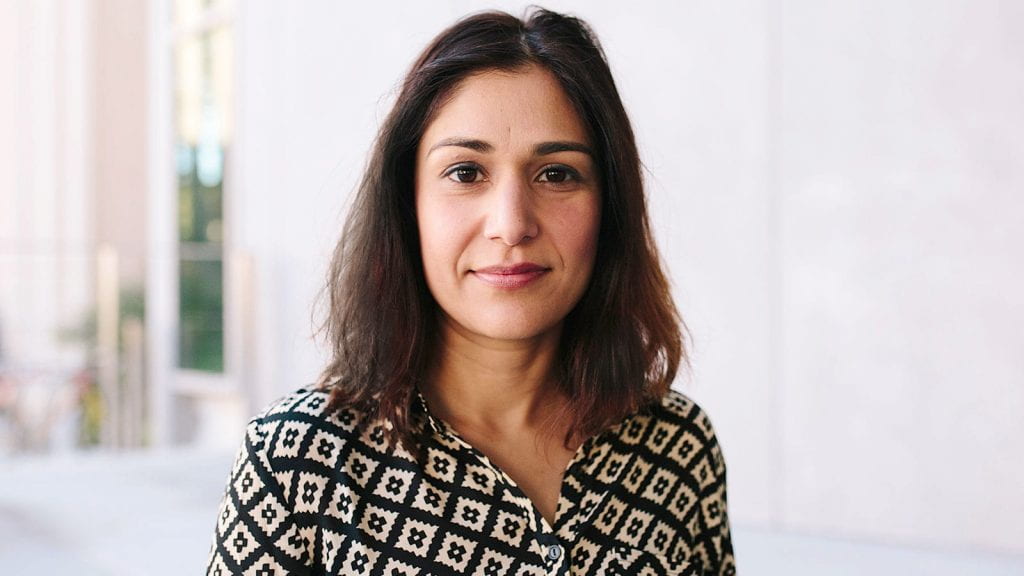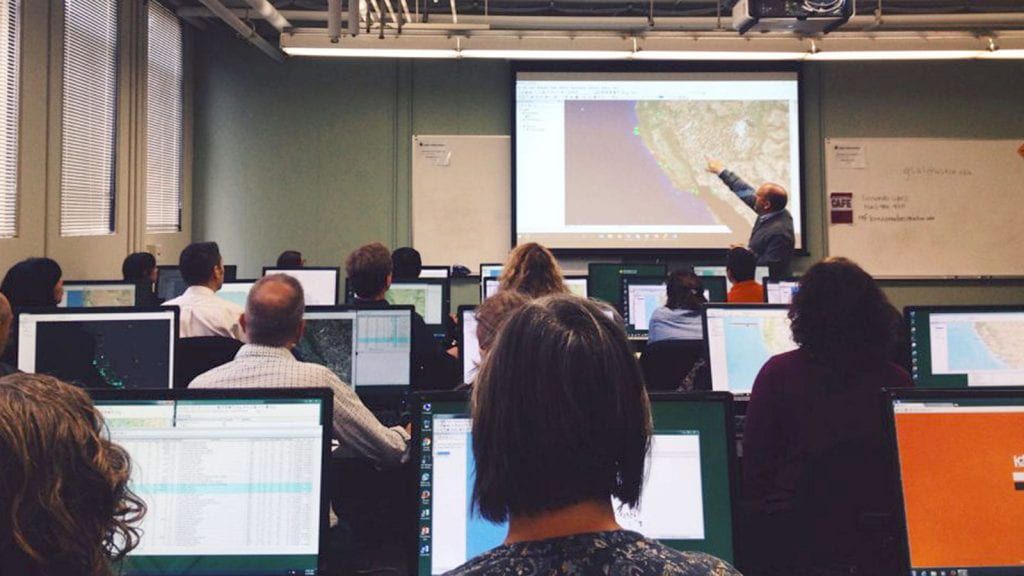Violet Cheung, Associate Professor in the Department of Psychology, outlines four steps that helped her to turn a teaching innovation into a publication.

Too often we think of teaching and research as two separate endeavors – the former is our job and the latter a creative outlet. A paradigm shift for me was the phrase “teaching innovation” and the realization that you are innovating when you develop a unique course or improve an existing course. We are accustomed to sharing our research in journals, but we often don’t think of writing about our teaching in journals. Major innovations should not be hidden but shared with peers. As Saera Khan writes in her blog post “Strategies for Turning your Teaching into Publication,” there are many journals that may be interested in publishing your innovations in teaching. This paradigm shift has proven personally fulfilling to me and my coauthor and has expanded my perspective on scholarship.
While I have to admit that I wasn’t prepared for the long process involved in publishing our teaching innovation, it was easier once I saw how to breakdown the process. An important part entailed making ideas explicit–first verbally and then in print. Below I outline four steps to write about your teaching innovation:
1. Adopt a problem-solution framework to articulate your innovation
If it is hard to think of yourself as an innovator, then trying thinking of yourself as a problem-solver. Chances are that the unique student population, the unique course materials, or the unique class size has presented challenges to you in your teaching. As a dedicated educator, you adapt your teaching to address many of these challenges. Little by little, semester by semester, you have drifted far away from the traditional delivery of the course, and now you may have an innovation in your hand. Ask yourself “What problem did I try to solve?” and “What is my solution?” Turn your answers into a short elevator speech so that you can succinctly describe the problem-solution pair.
2. Ask colleagues to affirm the value of your innovation
Share your elevator speech with a colleague in your department and/or with a colleague at a different institution to see if there is interest and an audience for your innovation. Watch their reactions. If they say, “I don’t see how your method is different” or “I see why it works at your institution but nowhere else” then you will need to continue to adapt. If the reactions are more positive, such as, “Can I try using your teaching method in my class?” or “Why didn’t I think of it?” then you know this may be an important contribution.
If you received positive feedback, then listen carefully to the comments from your future readers because they may be able to articulate the benefits of your innovation better than you can. There are two reasons for this. First, they have the buyer’s point of view whereas you have the seller’s point of view. Guess which is more appealing to journal editors? Second, your colleagues can tell you the first benefit that comes to mind whereas you may be thinking of multiple benefits. Sometimes it is not possible to write about all of them because each comes with its own set of literature, and your colleague’s opinion becomes important when you have to focus on one benefit.
3. Document the efficacy of your innovation
As you search for appropriate journals, it may make sense to look for the journal’s typical data reporting style. For example, in psychology and other social sciences, data collection methods may fall along the lines of quantitative vs. qualitative, subjective data vs. objective data, comparison between class sections of different instruction styles vs. comparison of the same class section from the start to the end of the semester. Understanding the journal’s expectations for data reporting will help you determine how much you’ll need to document the effectiveness/efficacy of your innovation.
4. Familiarize yourself with the teaching literature in your field
As you investigate different journal outlets, tag relevant articles and read them. At first, It may seem an arduous task to learn the jargons and major divisions in the literature, but this is important because you want to make sure you cite the relevant literature and frame the context for your teaching innovation. If you want to write about teaching in your field, it is your responsibility to know what has been published previously and situate your innovation within the existing literature.
While I worked through this process, I came to appreciate the connection between my teaching and research, and I have been able to participate in meaningful conversations with my colleagues about teaching innovations and how to get started in the publication process. Publishing your innovative teaching methods can be a valuable way to bring together your research and your teaching.


